This post may contain affiliate links. Please read our disclosure policy.
I know that there is a lot of wrong information out there about lice removal, and since school has started back and our kids will soon be coming home with the note about a classmate having lice, I wanted to share something that I learned. I think it’s so important because there are so any “lice myths” out there, so today I’m partnering with WelComb® to debunk those myths and help share information that makes a difference.
I remember when I was about 20 years old, in my senior year of college, and I was beginning my first student teaching assignment: Kindergarten.
I was so excited, and on the first day, I arrived at school ready to go! I had on my favorite outfit, I had my teacher-bag filled with everything I had been making for the class, and I had taken extra time that morning to curl my hair, so I wouldn’t have to pull it up.
When I arrived at the school, an hour before the students arrived, I had a chance to meet the teacher that I would be shadowing. I was thrilled: she was more helpful than I could have imagined. She was funny, kind, and enthusiastic.
Then, as the first bell rang and the students began to enter the classroom, she looked and me and said, “I’d put your hair into a bun. Lice spread faster than you can imagine when you are leaning over to help these little ones, not to mention the many many hugs we get daily.”
Up to 12 million people in the United States have a lice infestation
After some research, I found that there are actually 6 to 12 million people in the US that have a lice infestation, but children ages 3-11 are most commonly afflicted with lice. This is because of the head-to-head contact that they do so often. According to the CDC, lice can’t hop or fly, but they can crawl quickly, and they have special hook-like claws to enable them to grab onto human hair.
What causes the itch when someone has lice?
Also, I learned that it is their saliva, not the crawling, that causes an itch. This is often what lets people know there is an issue. According to WelComb ®’s website, “Once the itching begins, it’s likely the lice have been there a while. The itching is an allergic reaction to the saliva. You cannot feel the lice biting you. So if you’re not allergic to the saliva, you won’t itch.”
I hadn’t thought too much about lice before that day. I’d heard of it, of course, but I had only known one person to have ever had lice when I was a child. I had never seen it myself, and I certainly hadn’t expected it to be an issue when I began teaching.
Fast forward many years… I was now a mother of four, sending our oldest child off to Kindergarten. I had gone from being the teacher to now bringing my own children into the classroom, as the parent.
Wouldn’t you know that on week two of school, the dreaded note came home: “We have been notified that an outbreak of lice has been reported in your child’s classroom. Please check your child’s head daily and make us aware if your child has lice.”
I went into panic mode since it was my first encounter with this type of note. I called a fellow teacher/friend and asked her what I could do to be sure that my children were checked thoroughly. She told me that she uses a company that comes out and checks her children’s hair for lice when she is worried.
She warned me that it is expensive to have her come out to do it, even though I could do it myself, but I was willing to pay if it meant keeping our house lice-free (or getting rid of lice if we had it). It was the first time that I would be doing physically removing the lice and I had no idea what I was looking for or what I was doing, so I was willing to pay to have someone else do it. I knew that I would learn from her so I could do it in the future.
The only natural way to actually get rid of lice is by physically removing it.
I called the company, and two hours later, they were at our front door. The woman came in and had all six of us sit down, one by one, while she examined our hair. I drilled her with questions and asked for advice while she was checking everyone.
She told me about the school’s policy, and why it was so important that I continue to check their hair every other day for a few weeks until the outbreak calmed down.
In fact, even the AAP is on board with not having children miss school because of lice.
American Academy of Pediatrics now recommends keeping kids in class when they have lice.
According to the American Academy of Pediatrics: “Most cases of head lice are acquired outside of school. In the report, the AAP continues to recommend that a healthy child should not be restricted from attending school because of head lice or nits (eggs). Pediatricians are encouraged to educate schools and communities that no-nit policies are unjust and should be abandoned. Children can finish the school day, be treated, and return to school. The best way to interrupt a chronic lice problem is with regular checks by parents and early treatment…”
“While it is unlikely to prevent all cases of head lice, children should be taught not to share personal items such as combs, brushes, and hats. Regular observation by parents can also be an effective way to detect and quickly treat head lice infestations.
It is important to remember that head lice is a nuisance, not a serious disease or a sign of poor hygiene.”
We were cleared, and none of us had lice, but the advice that she gave me was worth every cent of having her come to our house.
The best way to get rid of lice and the eggs is to use the Wet Combing Method.
“If you have lice, or if you suspect that you have lice… you don’t need to pay to have a treatment done. Pesticides, chemicals, and even natural solutions are not going to kill nits. There is only one way to get rid of them: physically remove the nits.
Nits are the lice eggs, and the only way to make sure that they DON’T hatch and then spread is to remove them. You have to remove them physically if you don’t want them to hatch and cause an infestation.
The best way to remove them is to buy the right comb and use the wet combing method. The lice and nits are very hard to see. The lice hide in dark places under your hair. When people separate dry sections of hair to check at it, the lice run and hide under other sections of the hair. They are fast and often overlooked.
Furthermore, the nits are oftentimes camouflaged to match the scalp, making them hard to spot, which is why we suggest using the comb. It is what is going to get rid of the lice and nits, because it grabs both, even if you can’t see them.”
I found that the WelComb® is a lice comb that you can get quickly, and it works to get rid of nits. The teeth have a beveled edge that allows you to get right down to the scalp where lice and nits live. Plus it has rigid teeth that are the right distance apart and won’t slip over lice and nits like traditional combs. These features allow you to capture & remove lice and nits with ease. (See what I mean in the picture below)”
I also learned that the “lice-removal shampoos” that we see online and in the store aren’t even shampoos, but they are pesticides. These might kill the live lice, but if you don’t get rid of the nits (lice eggs), they can hatch and spread.
The “Lice Lady,” as I call her in our house, showed me how to check for lice & nits on our children. She demonstrated exactly what too do and told me how to remove them if we ever found any. You can watch a detailed Wet Combing Lice-Removal video here.
- First, she sprayed water on the hair because lice freeze in place when they are wet, making it easier to capture and remove them.
- Then, she used a conditioner on the hair.
- Last, began combing through their hair, section by section, wiping the comb on a white paper towel after each stroke. (The paper towel allowed her to see if there were any nits or lice. She also had a garbage bag in case she found anything.)
The wet combing method is considered to be the most effective, I was told. This works because you interrupt the lifecycle of the lice by removing any live lice them from the hair, which is enough to kill them and you remove any nits to prevent hatching and infestation. This can all be done with the WelComb®.
I found the Dollar General Lice and Nit Removal Kit has everything for the wet-combing method in one kit.
It included:
- One WelComb®
- Conditioner (without harsh chemicals)
- A detangler wide-tooth comb (helps distribute conditioner throughout hair & remove the excess conditioner before using the WelComb®).
Does checking their hair for lice take a lot of time?
Yes. Checking their heads by wet combing did take a lot of time, but I didn’t mind because I wanted it to be done right. I just let the kids watch a movie on my phone while she combed through and checked their hair. They didn’t mind it at all, and since I know that it is an effective way to remove the lice and nits, it’s worth it.
I asked her one more question before she left:
Does the length of hair matter for lice?
My daughter and I both have long hair, and I was sure that she would say yes, but she said, “No. The length won’t make a difference.
Your daughter is probably more at risk than your sons, but only because girls play closer than boys. They hug more, they dress up and fix each other’s hair more often, and so they are just provided with more opportunities to have head to head contact. That’s why people assume that longer hair is more prone to lice, when in fact, it’s just the head to head contact that matters.”
“Oh and one more thing… if you ever hear that lice like dirty hair, that’s a lie. They don’t care if your hair is clean or dirty; they are just looking for human blood to survive. The hair is just their way of getting to the scalp and staying there.”
How often should you check your child’s hair for lice?
I was told to make it a habit to check their hair weekly. I usually have them sit down for a minute after they’ve gotten a shower, while their hair is still wet and I’ll use my WelComb® and just comb through it. Since these are just routine checks, it doesn’t take too long. We have a Dollar General less than a mile away, so I can just run over and grab a Dollar General Lice and Nit Removal Kit anytime.
I hope this was helpful. You can always check out Welcomb.com for more information about the WelComb®, the wet combing method, or to see the detailed video on how to remove lice and nits.
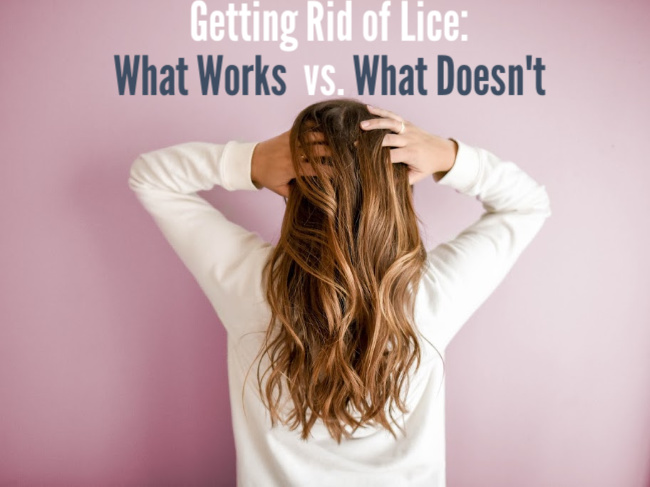
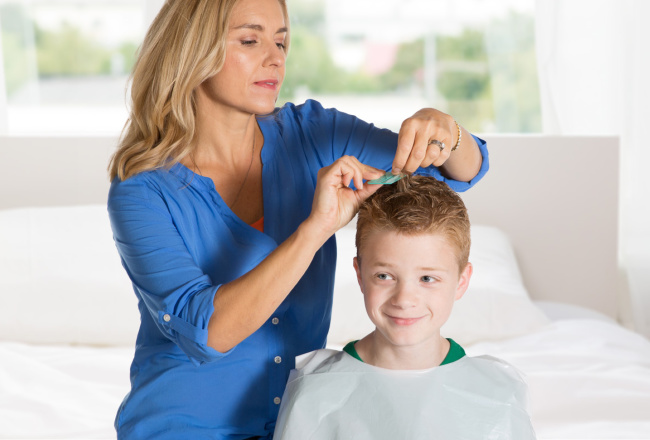
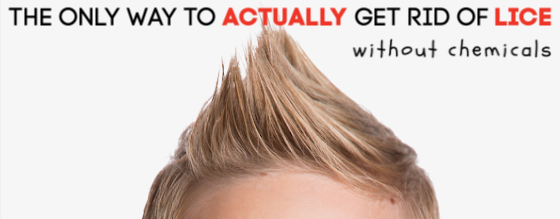
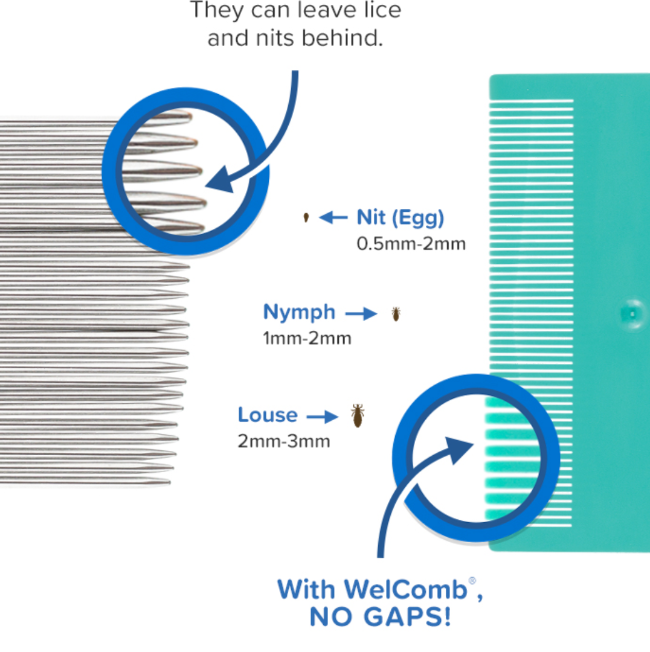
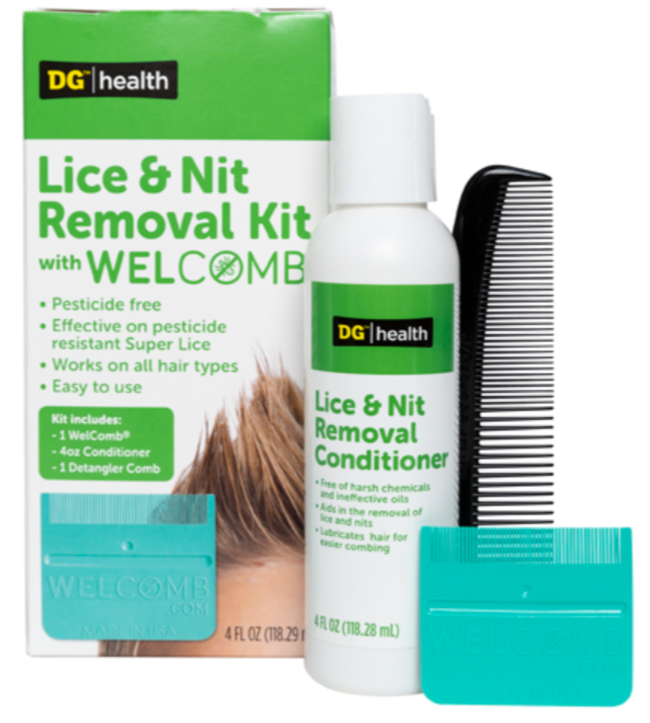
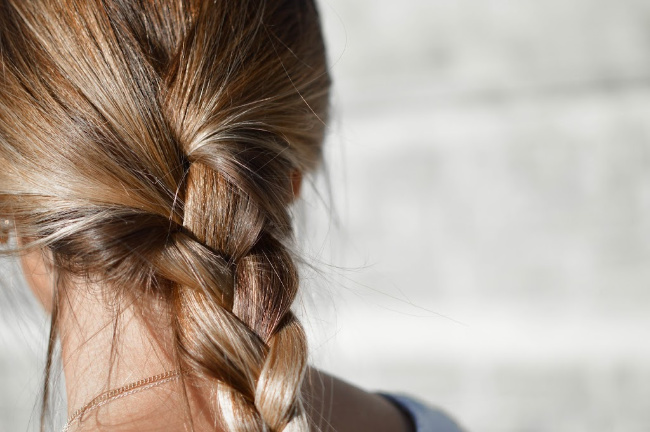
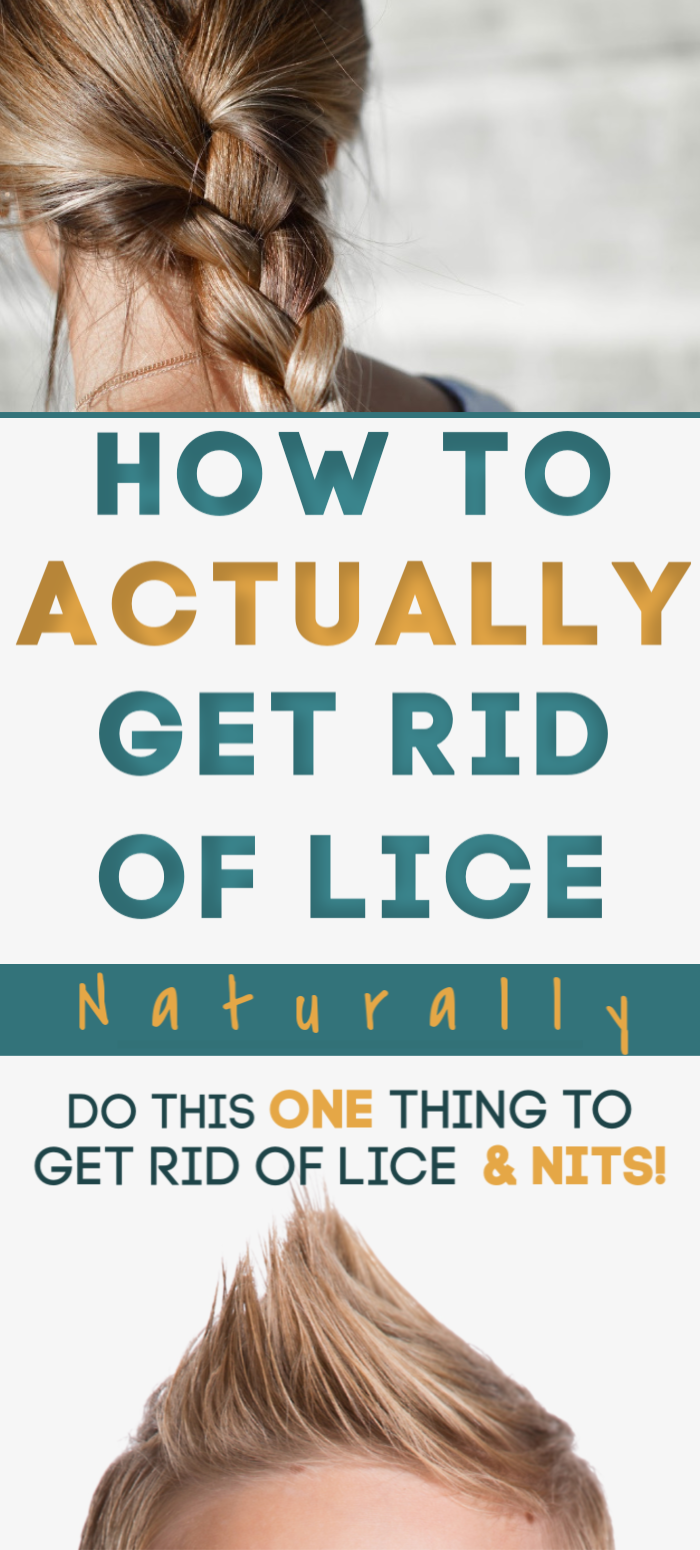

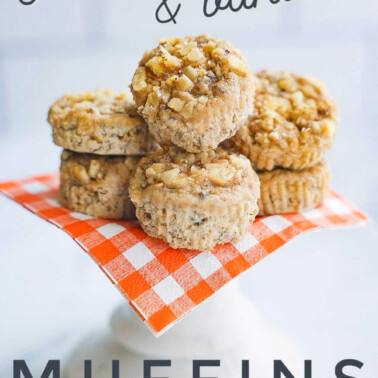
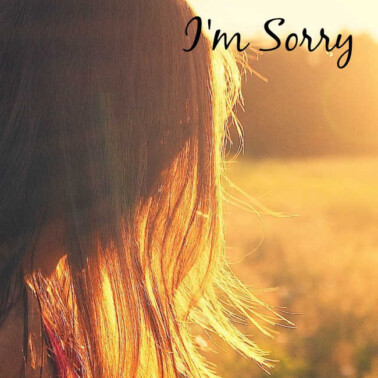
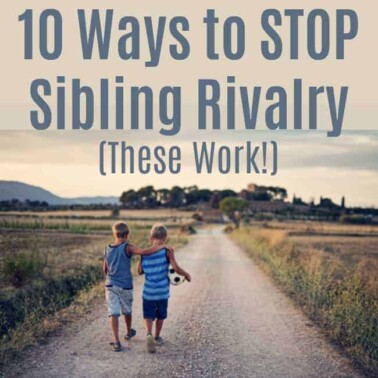










Thank so much! This article definitely helped me.